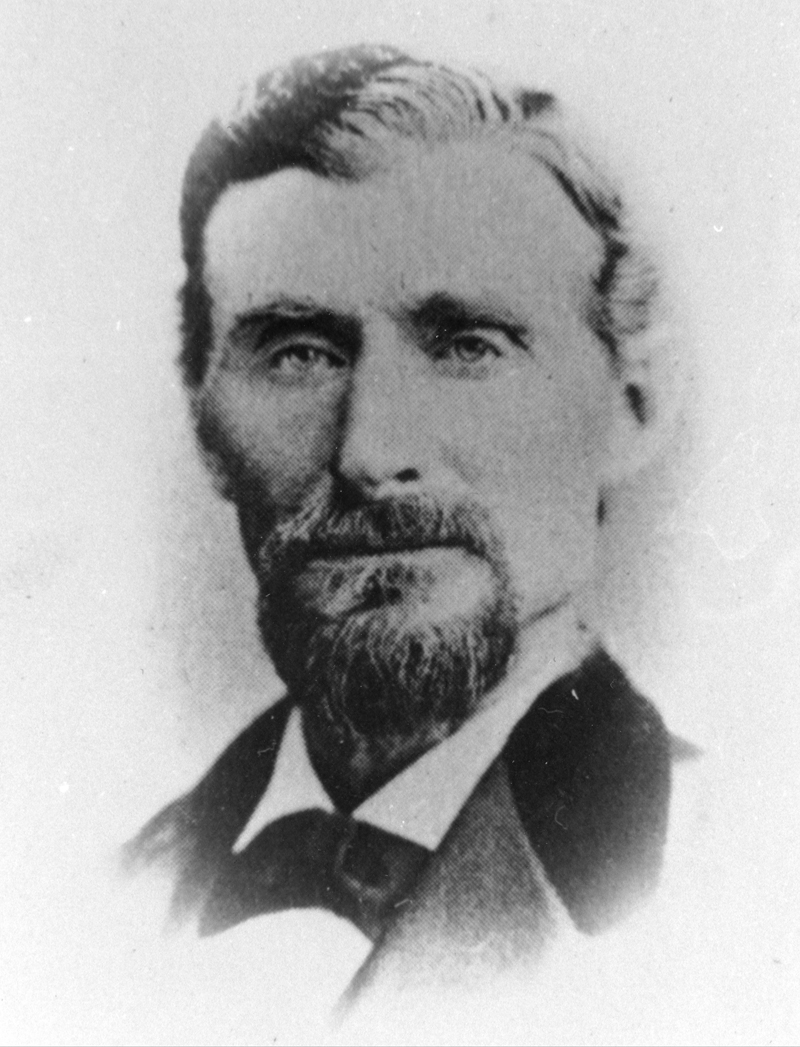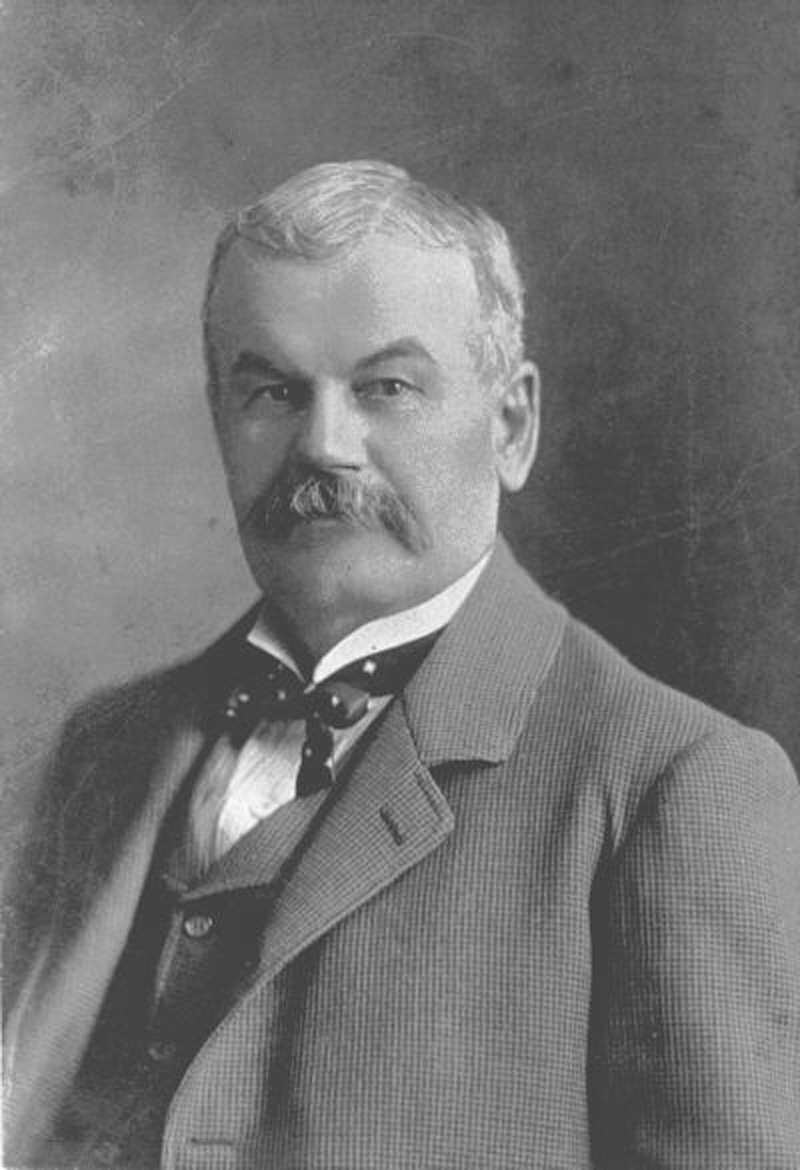|
|
32. Gushers and Glory

Sanford LyonHenry Clay Wiley, Sanford Lyon and William W. Jenkins started drilling a hole in Pico Canyon on Jan. 8, 1869, using the primitive spring-pole method. By physically jerking a long beam up and down they averaged some three feet per day. At a depth of fifty feet, nine barrels of green oil rushed up the casing.
Before long, spring-poles were growing like weeds in the canyons between the San Fernando and Santa Clarita valleys. Smelling a profit, the triumvirate of Beale, Baker and Pico formed a subsidiary of Star Oil and began construction of a small refinery at Lyon's Station. Built by Captain W.S. Smith to the specifications of Dr. Gelcich, it was completed in April, 1874. Unable to produce smoke-free kerosenes, however, the refinery folded up, as did Star Oil, beset with financial troubles.
During that same year the Pennsylvania oil fields began to fall off in production. Experienced drillers and managers started drifting westward. One of the first arrivals was Demetrius G. Scofield, tall, slender and just thirty years old. Scofield was amazed at the production obtained by skimming and spring-poles and realized that a modern operation could create a bonanza.
Sending back to Titusville for some eastern expertise, Scofield helped form California Star Oil Works (CSO) on July 8, 1876, with headquarters in San Francisco. CSO then began buying up property owned by the original and nearly bankrupt Star Oil Works.
John A. Scott, owner of a profitable Pennsylvania refinery, discovered "white oil" in Placerita Canyon. The oil was so clear that a newspaper could be read through it. Bottles of the stuff were displayed at the great Centennial exhibit in Philadelphia in July.

Charles Alexander MentryScofield, meanwhile, was in desperate need of an experienced driller, and he found one right under his nose. This was a Frenchman, born Charles Alexander Mentrier in 1846. At age seven he was brought by his parents to America, where he developed a fascination for all things mechanical. He became a driller and sank forty-two successful wells at Titusville before coming to San Francisco in November, 1873. The family name had been changed to Mentry, and Alex, as he liked to be called, settled on 180 acres in Placerita Canyon and explored the surrounding hills for oil.
Demetrius Scofield was well aware of Mentry's formidable reputation when he employed him as superintendent of the Pico lease. Alex Mentry rigged up a three-pole derrick, made a drill from an old railroad axle, and kicked the Lyon-Jenkins-Wiley hole down to 120 feet. The flow increased to twelve barrels a day — not exactly a bonanza, but promising. Two more wells were bored, yielding meager results.
Then it happened.
On Sept. 26, 1876, Mr. Mentry brought in CSO No. 4 — a gusher of fifty barrels a day rising up and out of a casing just under six inches in diameter, literally exploding into the clear, blue sky above the canyon.
Thus was born the oil industry in California. More wells were sunk. The little town of Pico Springs changed its name to Mentryville and soon boasted a hundred families.
General Beale was not entirely out of the picture, as he still collected a toll on all of those wagons creaking through his cut. D.G. Scofield did well, later becoming the first president of Standard Oil of California.
Surrounded now by plaques proclaiming it a landmark, when CSO No. 4 was finally capped off in September, 1990 after a run of 114 years, it was the longest continually-operating oil well in the world.
©1998 SANTA CLARITA VALLEY HISTORICAL SOCIETY · RIGHTS RESERVED.
The site owner makes no assertions as to ownership of any original copyrights to digitized images. However, these images are intended for Personal or Research use only. Any other kind of use, including but not limited to commercial or scholarly publication in any medium or format, public exhibition, or use online or in a web site, may be subject to additional restrictions including but not limited to the copyrights held by parties other than the site owner. USERS ARE SOLELY RESPONSIBLE for determining the existence of such rights and for obtaining any permissions and/or paying associated fees necessary for the proposed use.